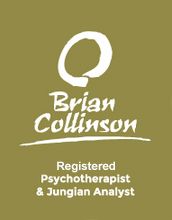
Sarah Palin, “Mama Grizzlies” and the Mother Archetype
Andrea Huffington commented recently in the Huffington Post on Sarah Palin's use of archetypal imagery in the political ads that she has recently run with incredible success online. Huffington seeks to use the concepts of Jungian psychology to analyze Palin's message. In my opinion, it's…

